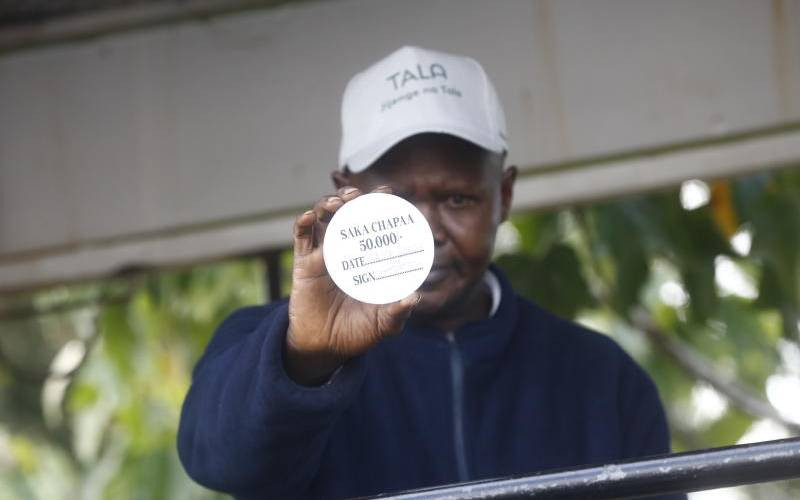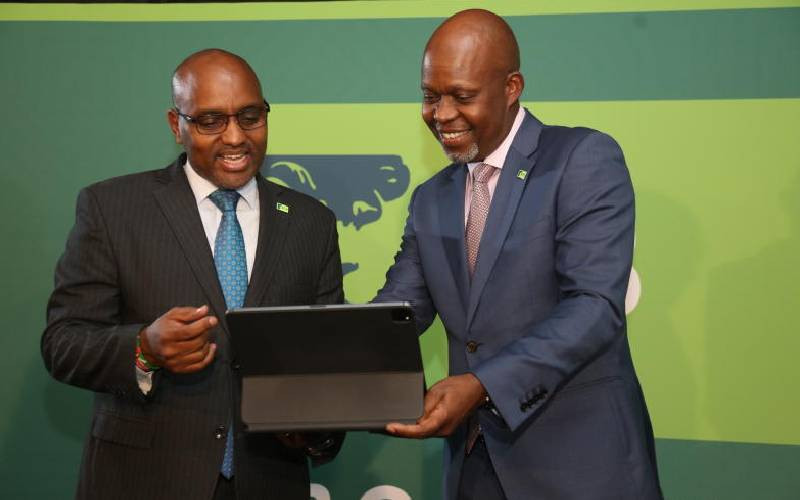
The Abagy technology developed under Maxim Zverkov's direction allows the robot to be reconfigured to work with a new part in 5–20 minutes, thereby tenfold reducing the threshold for the introduction of robotics in highly customized industries. This article will tell you what tasks Abagy helps clients solve and how this international project is developing.
Maxim Zverkov is a successful entrepreneur, and expert in strategic management and business development, who has launched and developed a series of successful companies with several hundred employees and sales of over $50 million.
In 2003, he founded Formika group of companies, the leader in organising business events and exhibitions, as well as in manufacturing exhibition stands and other structures. Abagy, a project to robotise businesses inspired by Mr. Zverkov, is being successfully implemented in various countries worldwide.
The beginning of the journey: What to do if the robot turned out to be a vain purchase
Programming classic robots can take from several hours to a week, making it often unprofitable to install them in piece production. Maxim Zverkov encountered this issue a few years ago when he decided to automate his production of exhibition booths, metal structures, and furniture.
His goal was to reduce the cost and timing of production. However, in practice, it turned out that it is more efficient and cost-effective to manually produce individual parts than to reprogram robots each time. And the new robots were left without work. But it didn't last forever.
And what if you don't need to program? This idea formed the basis of the Abagy project.
Classical robotics brings significant benefits in industries such as automotive and instrumentation, where there are numerous repetitive operations. But what about those who are involved in the manufacturing of furniture, constructing metal structures, and producing specialised equipment for construction, agriculture, and geological exploration?
Many enterprises produce products to order or in small batches. It is for such production that the new concept of robotisation is focused, which the team of engineers under the leadership of Maxim Zverkov initially developed to solve its own problems.

Abagy's creators have developed groundbreaking software based on artificial intelligence, making robotics adaptive and beneficial for piece production.
How Abagy works
First, the robot scans the actual workpiece using the technical vision system and then establishes a correspondence between it and its 3D model from SCADA. It can automatically find welded joints, for example. On the completed 3D image, the specialist sets the tool's trajectory and the parameters of the technological process. Then, the robot is ready to carry out the operation.
What new technology is giving to businesses
Abagy is a commercial project that entails the deployment of robotic cells using robots from various manufacturers. This can take the form of a ready-made solution or an upgrade to the customer's existing cell. The second option is suitable for enterprises that have previously attempted to implement robotics but have encountered issues with its low adaptability.
Adjusting the robot to a new part takes 5–20 minutes, depending on the complexity of the work piece. It can be performed by a person with no programming experience, such as a welder. Management has the opportunity to efficiently train its employees in the required skills and achieve a return on investment. This is precisely what is required for piece production.
Robotisation does not entail staff reduction. On the contrary, the leader of the organization assists employees in gaining new experiences and becoming more valuable professionals. In addition, people are much less in contact with harmful and heavy factors of production as this is now done by robots.
Greg Pierson, the Chief Design Engineer at Pro-Dig company, USA, shares his impressions of working with Abagy: "We've already seen quite a few efficiencies and gains since we've implemented the Abagy system. We’re looking at a few modifications within the current cell as well as possibly adding a second cell for our augers. So we looked at several robotic systems. Abagy really delivered what we were looking for. They take a very practical approach to robotic welding, as well as integrate the vision system and a few other features that really push the envelope and take it to the next level".
How the development became a successful commercial product
Abagy currently has twelve established operations worldwide and five ongoing projects in Europe, the United States, and Canada. It is a well-established technology that can be deployed quickly.
One of the factors contributing to Abagy's success was its immediate testing in production. According to Mr. Zverkov, it is essential to deploy the development to production as soon as possible. It is possible to specify the product requirements and tailor it to the people responsible for the production process.
Maxim Zverkov intentionally avoids using mainstream methods to promote the project. Its target audience comprises professionals who have already encountered issues and limitations in the industrial automation market. The project has a YouTube channel. Engineers from various industries observe how Abagy robotic complexes effectively solve production challenges, such as welding excavator buckets or bridge trusses.
Now Abagy is entering new markets. Kenya is a country where automation can bring significant benefits to businesses and the state. Abagy robotic cells can significantly enhance the efficiency of repair and service shops for agricultural, mining, and transportation equipment, as well as other enterprises producing custom products.
 The Standard Group Plc is a multi-media organization with investments in media
platforms spanning newspaper print operations, television, radio broadcasting,
digital and online services. The Standard Group is recognized as a leading
multi-media house in Kenya with a key influence in matters of national and
international interest.
The Standard Group Plc is a multi-media organization with investments in media
platforms spanning newspaper print operations, television, radio broadcasting,
digital and online services. The Standard Group is recognized as a leading
multi-media house in Kenya with a key influence in matters of national and
international interest.
 The Standard Group Plc is a multi-media organization with investments in media
platforms spanning newspaper print operations, television, radio broadcasting,
digital and online services. The Standard Group is recognized as a leading
multi-media house in Kenya with a key influence in matters of national and
international interest.
The Standard Group Plc is a multi-media organization with investments in media
platforms spanning newspaper print operations, television, radio broadcasting,
digital and online services. The Standard Group is recognized as a leading
multi-media house in Kenya with a key influence in matters of national and
international interest.












